Just Outside Lisbon Is a Palace Winery Fit for a Ruler
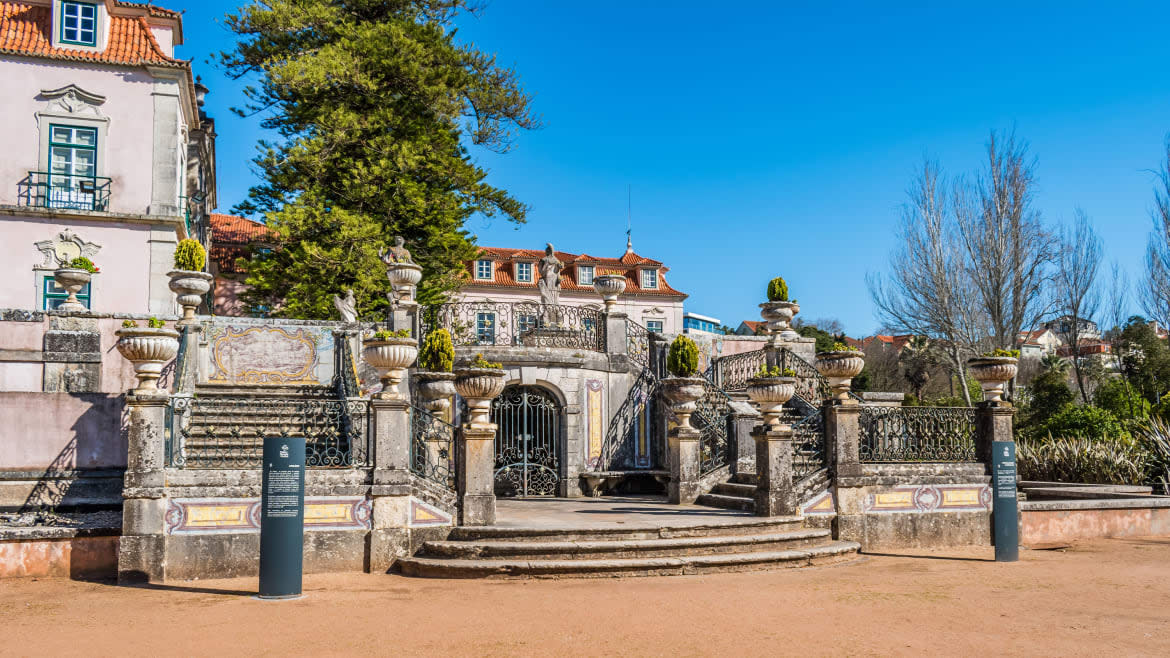
- Oops!Something went wrong.Please try again later.
For as long as I can recall, I’ve wanted friends who drink port—the sweet, fortified wine that gets its name from Porto, the coastal city in northwest Portugal.
In fact, there’s an unopened bottle of Royal Oporto’s tawny port that stands among an otherwise predictable collection of bottles in my tiny bar-cabinet in Mumbai. “Port, anyone?” I always ask, offering it to dinner guests as we wind down for the evening. They always decline. Perhaps the issue is that I’m over-enthusiastic (I really want friends who drink port); perhaps it’s the muggy Mumbai weather.
But despite port’s global reputation as a digestif, Portugal is home to a rarer, woefully underrated fortified wine made right outside Lisbon: Carcavelos. Amber-hued, smooth, and rich, Carcavelos gained popularity thanks to the same man who demarcated Europe’s oldest wine region, the 2,000-year-old Douro Valley where port is made: Sebastião José de Carvalho e Melo.
Commonly referred to as the "Marquês de Pombal” (Marquis of Pombal), Sebastião José de Carvalho e Melo was an 18th century Portuguese prime minister. His name brings mixed reactions among Lisboetas, but he is perhaps best remembered for rebuilding Lisbon after an earthquake razed the city to the ground in 1755, killing an estimated 12,000 people. Today, his statue stands at the end of Avenida da Liberdade, Lisbon’s plush boulevard, overlooking the area he rebuilt in downtown Lisbon.
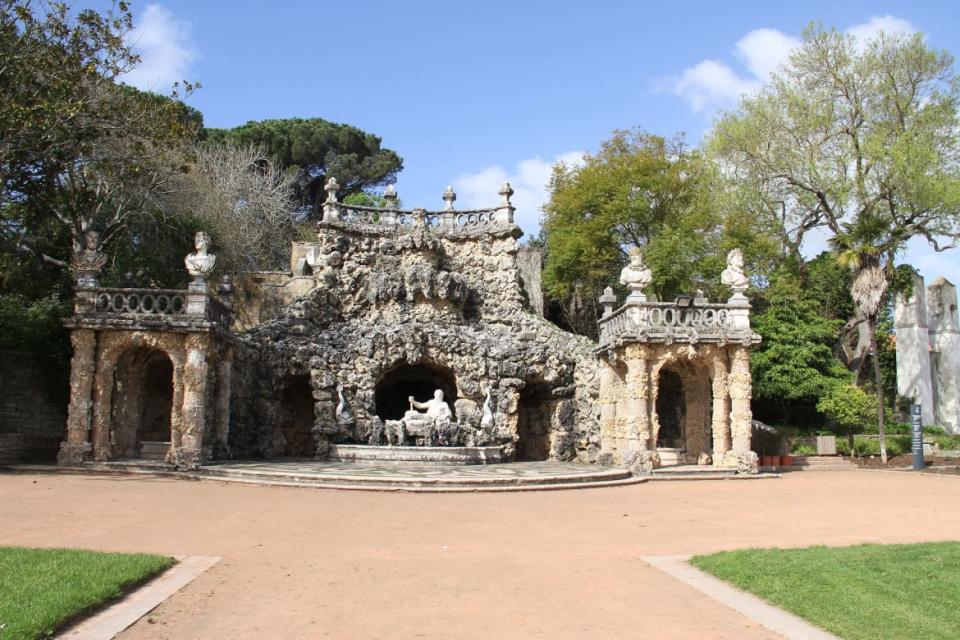
Marques de Pombal Palace.
But tucked away in Oeiras, some 10 miles beyond downtown Lisbon, past the Tower of Belém and the beaches that line the northern side of the Tagus River, is the Marquis of Pombal’s palace. Past a spacious calçada cobblestone courtyard and up a dramatic bifurcated staircase stands the main structure: a cotton-candy pink facade, fringed with busts and statuary and terracotta roofs. The palace interiors reflect (what I understand to be) the marquis’ eclecticism: a portrait of him and his brothers intertwinedly holding hands to represent their “infinite” bond peers down from a ceiling, framed by stucco painted to resemble wood. Designed in what is now known as the “Pombaline” architectural style by Hungarian architect Carlos Mardel in the 18th century, the palace grounds include a chapel, sprawling gardens, a grotto dedicated to Poseidon, and, most notably, farmland.
It’s on this 200 hectares of farmland where the marquis grew grain, olives, and fruit, including grapes for wine. It was here that Carcavelos was born, owing (in part) to political tensions in Europe that initially gave rise to port.
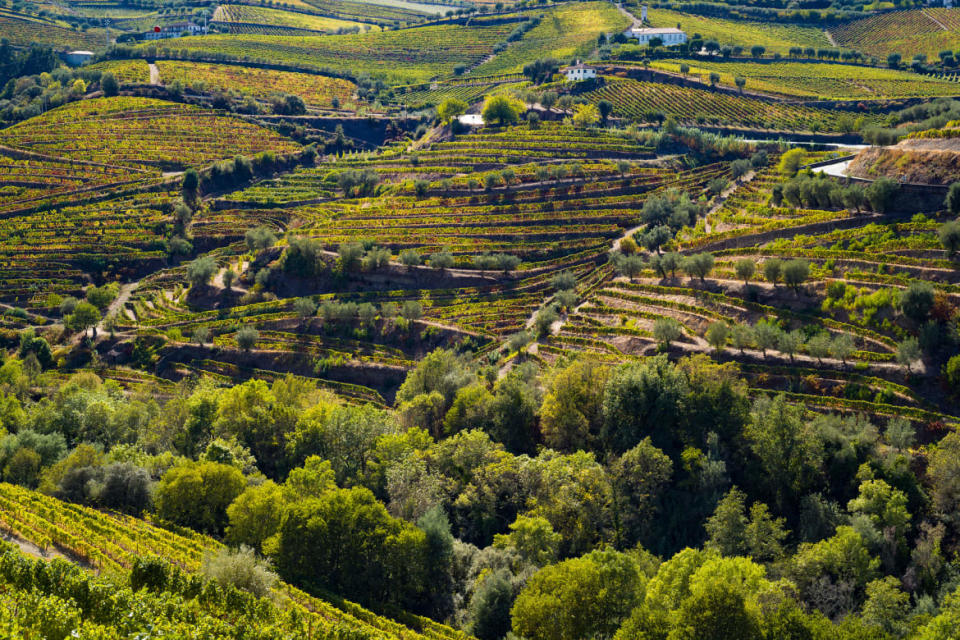
Vineyards on the green hill slopes and banks of the River Douro region north of Viseu in Portugal.
With relations between England and France strained on account of a series of wars through the late 1600s and 1700s, Britain sought wine from elsewhere in Europe—especially Portugal.
What’s more, though Britain and Portugal had a well-established trade route at the time, the Methuen Treaty—a trade treaty between the two countries—ensured that Portuguese wines exported to Britain would pay lower duty than French ones. This gave rise to port wine, exported from northern Portugal to Britain, the advantage of being cheaper, and—on account of not being French—the patriot’s drink of choice.
Over time, however, demand for port fell as rumors passed between British merchants of Portuguese vintners adulterating their wines with baga (elderberry) for color. By the 1750s, the Douro Valley had a surplus of port and a pitiful demand for it from the British.
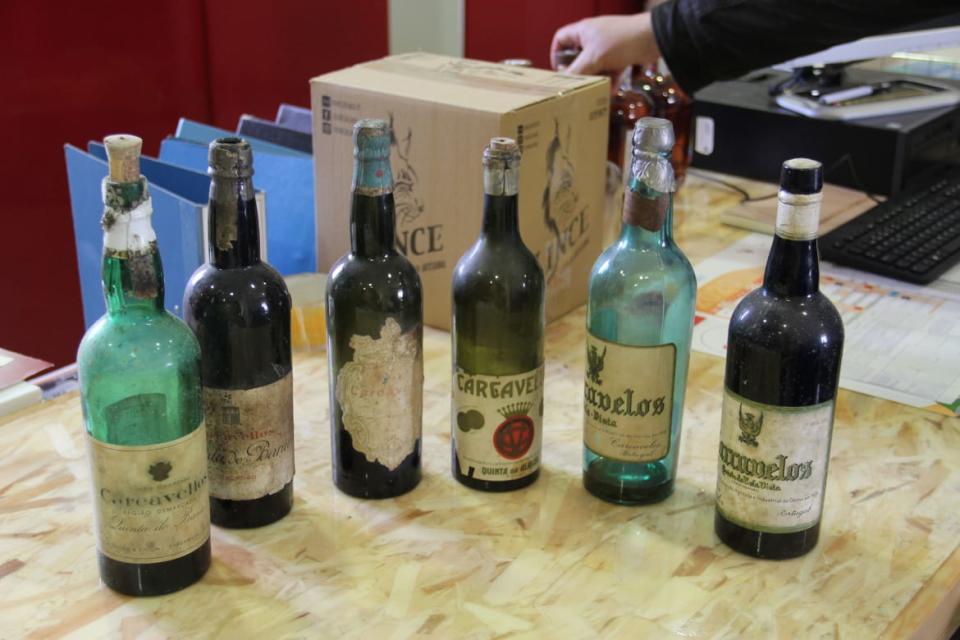
It’s at this moment in time—after he’s successfully established himself as a statesman following the rebuilding of Lisbon a year after the earthquake—that the Marquis of Pombal steps in. In 1756, the Marquis formed the Companhia Geral da Agricultura das Vinhas do Alto Douro to establish state control over the Port wine trade, with a monopoly on trade with England and Brazil. And in 1757, the Douro Valley was demarcated with 335 marcos pombalinos (pillars)—the result being that only “classified” vineyards grew and made Port wine and the quality of the product was ensured.
As a result of these restrictions, though, the Oeiras-grown grapes previously sold to vintners in the Douro Valley could not be called “port.” It is likely that these rules didn’t extend to the marquis himself, however, write Richard Mayson and Sarah Ahmed in The Oxford Companion to Wine: “[He] flouted his own regulations and permitted Carcavelos to be blended with Port.” However, thanks to the Marquis, note Mayson and Ahmed, Carcavelos enjoyed brief popularity in Britain in the 19th century, although its presence in the wine auction scene at Christie’s in 1769 made it a well-sought after wine before that.
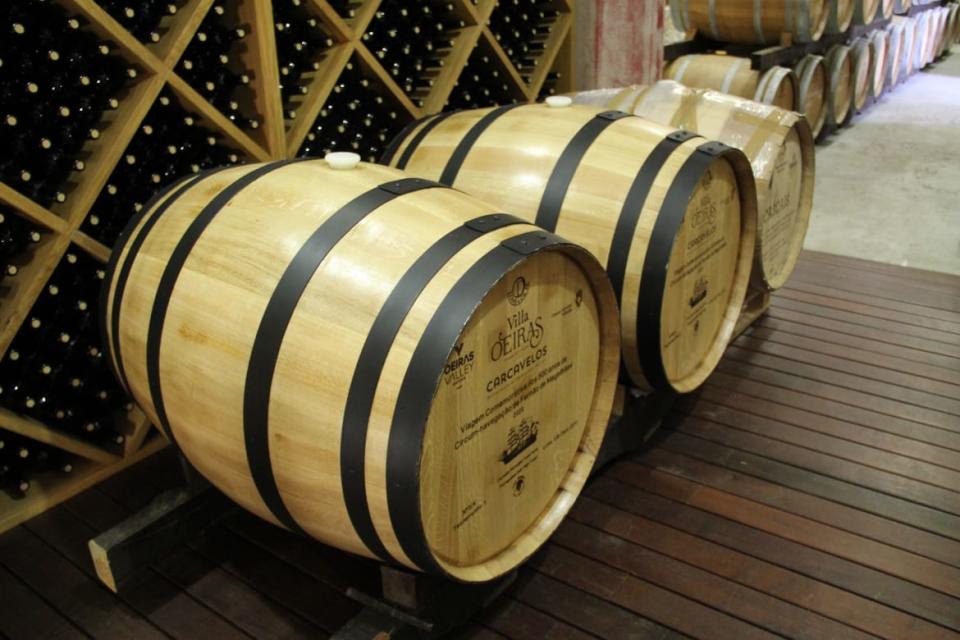
According to John Hailman, author of Thomas Jefferson on Wine, Carcavelos was among Jefferson’s favorite fortified wines. In a letter to wine merchant James Brown dated Aug. 8, 1790, Jefferson writes: “I would prefer good Lisbon; next to that, Sherry, next to that Carcavelos; but still a good quality of the latter would be preferable to an indifferent quality of the former.”
Still, as Lisbon fell prey to “modernization,” and sweet, fortified wines fell out of vogue over the last century, the marquis’ vineyards in Oeiras approached eradication.
It was only in 2006, when the Municipality of Oeiras partnered with the Ministry of Agriculture, that Carcavelos wine was reborn, produced under the Villa Oeiras label.
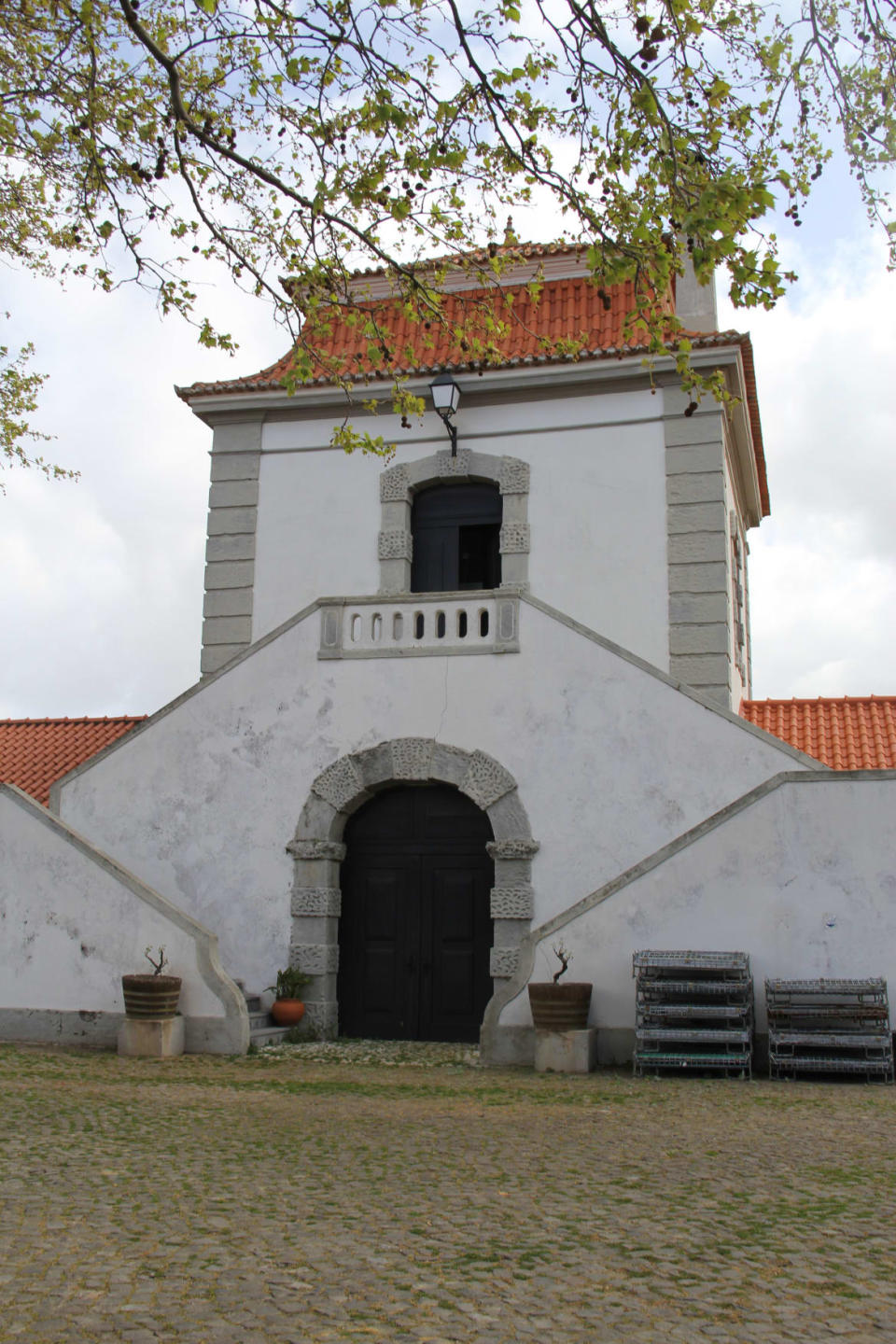
“For nearly 50 years, this region’s wine culture was destroyed because of the political and [economic] crisis we faced here in the 20th century,” says Alexandre Lisboa, the manager of the wine project at Villa Oeiras. “We have records [showing] that this region has produced wine since the 15th century, but it was really only during the [Marquis’] time that this received international recognition.”
A landscape architect by profession who has worked closely with the municipality for nearly 30 years before dedicating his time solely to Villa Oeiras, Lisboa believes the recovery of this region reflects an essential recovery in Portuguese heritage. “Lisbon’s an urban area, so this is more than just another wine project—it’s [our] heritage.”
As we tour the Villa Oeiras winery, situated a minute away from the Palace, in what was once the Marquis of Pombal’s stable on a cold Friday morning, Lisboa talks me through the complexities of Carcavelos—pipetting the odd glass, swirling it, holding it up to the light. (I can tell he’s somewhat disappointed that the most I’m doing is nodding, but it’s just past 9:00 a.m.!)
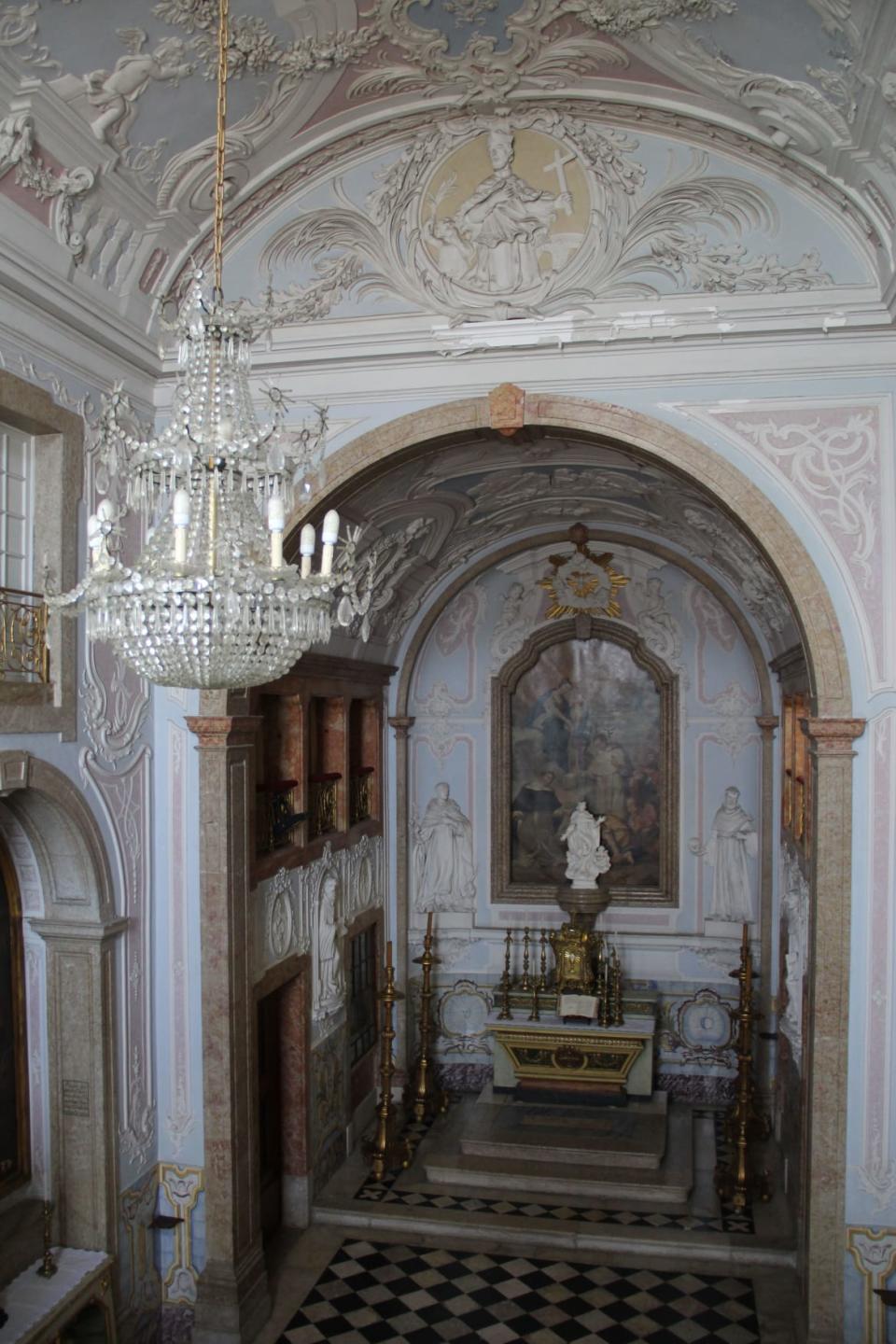
Marques de Pombal Palace.
The region has a demarcation for Carcavelos fortified wines, the Denominação de Origem Controlada (DOC), which is Portugal’s highest wine classification (similar to the French AOC or Appellation d’origine contrôlée). In addition to establishing a “protected designation of origin,” the DOC also determines minimum alcohol content, grape variety, and aging requirements.
Caravelos wine may be made from a blend of up to nine different red and white grapes, and is usually fermented dry and fortified with grape spirit up to 18 to 20 percent ABV. Additionally, three to five years’ cask aging gives the wine a nutty character.
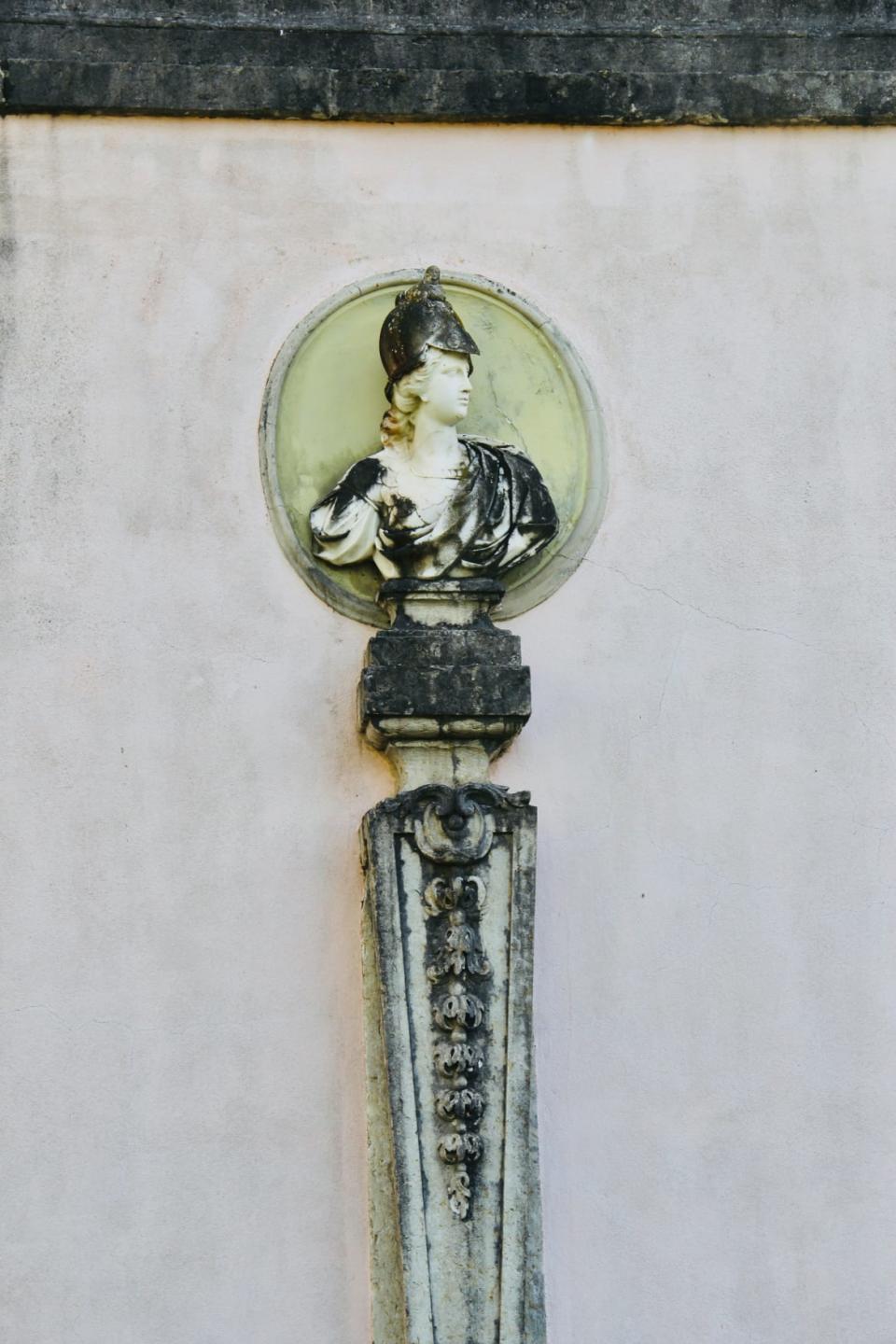
Villa Oeiras’s signature blend, the Carcavelos Villa Oeiras Superior, a 15-year blend was rated 94 points by Wine Enthusiast in 2020.
Owing to partnerships with universities to research optimal technologies for growing grapes and aging and blending wine, Lisboa is hopeful that Villa Oeiras will continue to thrive under the municipality. “In some ways we’re accountable, being a public project,” he says, adding, “Carcavelos is [revived] here for good.”
Which is really to say—as a part-time Lisboeta, and an always=persistent party hostess—I don’t solely want friends who drink port any more. Instead, I’m now looking for friends who drink Carcavelos, too.
Get the Daily Beast's biggest scoops and scandals delivered right to your inbox. Sign up now.
Stay informed and gain unlimited access to the Daily Beast's unmatched reporting. Subscribe now.

